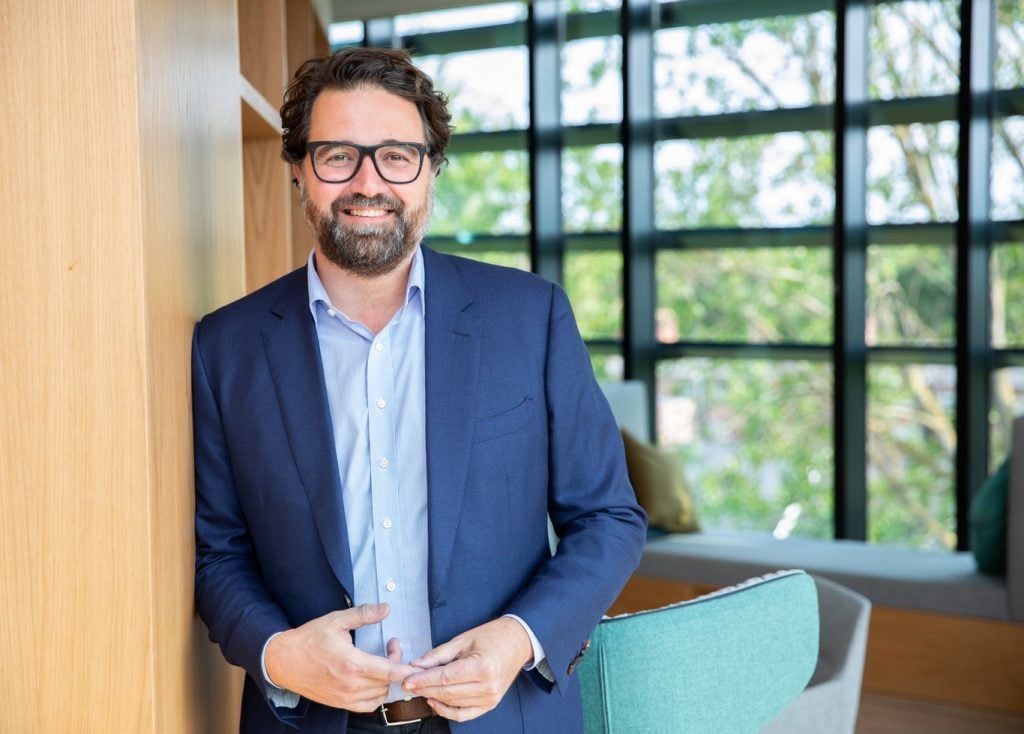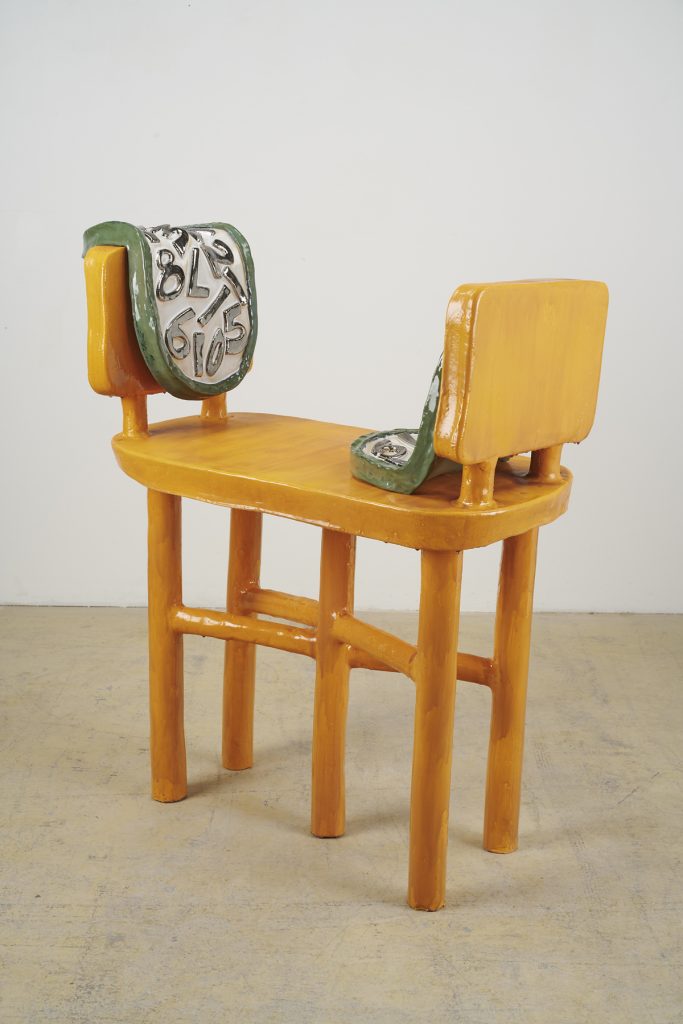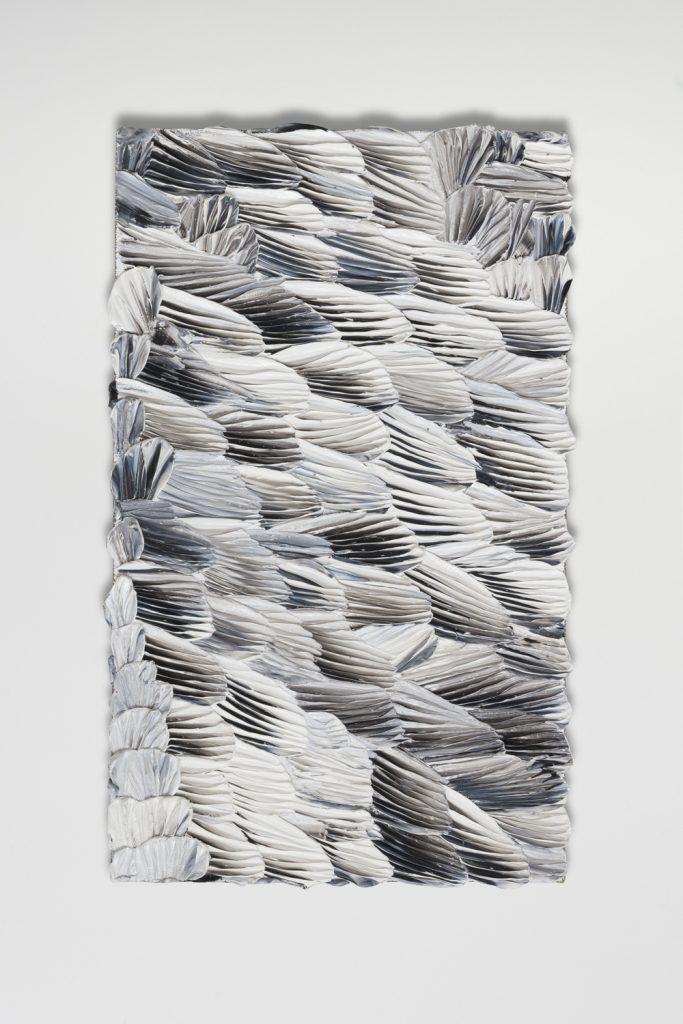Art Collectors
What I Buy and Why: Software Exec Mikkel Svane on Moving to Get More Wall Space, and Commissioning 100 Works During Lockdown
The Svane Family Foundation recently donated $1 million to Bay Area artists.

The Svane Family Foundation recently donated $1 million to Bay Area artists.

Artnet News

Last June, as most of the world remained firmly on lockdown, the Svane Family Foundation commissioned Bay Area artists $10,000 each to make 100 new works, paying out a total of $1 million. It was the foundation’s first program since it formed in 2019, and now, it’s launching the next phase: an online auction and an exhibition of the works that came out of the project, titled “Ark,” to be held at the San Francisco Art Institute from September 7 through 27. (Proceeds from the sale will benefit the Bay Area nonprofit ArtSpan.)
We spoke with foundation founder Mikkel Svane, who is also C.E.O. of the software company Zendesk, about his conversion to collecting and how arts philanthropy has made him rethink his own buying habits.
What was your first purchase (and how much did you pay for it)?
There’s pieces in my collection going back to a childhood portrait, so it’s nearly impossible to recall the first purchase. What really changed my approach to collecting was the Hospitality House Community Arts Program in San Francisco’s Tenderloin, next to our Zendesk offices. I would be drawn in there and end up in conversations with people who were living with really hard circumstances, but who had this outlet and opportunity to support themselves with their work. I was amazed how this studio and gallery could get such good work out of people struggling with so much, embracing the raw expression of life in that part of the city, and that my art purchases would have an immediate benefit to the artist’s life. I think the first piece I bought there was by Charles Blackwell, and there have been many, many works since. I eventually began helping organize their annual fundraising auction, which led me to become more involved overall supporting the local art scene here.
What was your most recent purchase?
Works by Camila Fernandez, Donna Personna, Lord Fredrick, and Alicia Mccarthy, all at the Hospitality House auction. And a few random Danish naturalist paintings to remind me of home.

Woody De Othello, Face to Face (2021). Courtesy of the Svane Family Foundation.
Which works or artists are you hoping to add to your collection this year?
One of Woody De Othello’s ceramic pieces, which hasn’t arrived from the gallery yet. There’s only so much wall space, so you have to collect mediums that don’t need it! This year there may be a lot of ceramics. I also recently bought Jackie Brown’s Cheetah Camo and Chiaozza’s Bouquet Sculpture No. 2 from Hashimoto Contemporary.
What is the most expensive work of art that you own?
I have to insist that what you get out of a piece doesn’t correlate with its price. I think my favorite piece I own is a Joe Turek painting, White Collar, which was not expensive at all but has made a big impact on me in the time I’ve spent living with it.
Where do you buy art most frequently?
Our local galleries of course, particularly Jessica Silverman Gallery, Hashimoto Contemporary, Part 2 Gallery, Rebecca Camacho Presents, the Luggage Store, and Gallery Wendi Norris. Artsy is a big pastime. And I follow these little auctions in Europe—there’s so many jewels to find there. I just found a special little Robert Bechtle painting from an auction in Paris.
Is there a work you regret purchasing?
I only regret being limited to how much I can collect. Wall space is limited, especially living in the city. We just moved in order to find more!

Emilio Villalba, Six Pack (2019). Courtesy of the Svane Family Foundation.
What work do you have hanging above your sofa? What about in your bathroom?
Since we are moving now, it’s up for discussion, but prior to packing we had a piece by the art collaborative t.w.five, Venus and the Swans, over one sofa. Over others were Emilio Villalba’s Six Pack, a painting of cigarettes (I always say art collecting is like smoking, fun and addictive), and Tammy Rae Carland’s I’m Dying Up Here (Carole+Mitzi)—all “Ark” artists—and Peter Gronquist’s Ferns and Roses. I hang my kids’ paintings in the bathroom and bedroom, mixed in with the professional artists, so they’re some of the first and last works I see in the day.
What is the most impractical work of art you own?
This humongous painting by Casey Gray, The Pursuit of Happiness, which I wasn’t sure would even fit in the house. We had to test it before buying. Also, a Jeppe Hein sculpture of two balloons, Wishes for Two, that you have to attach to the ceiling with magnets. But I never buy art for practical reasons, other than supporting local artists and keeping the city creative and interesting.

Dashiell Manley, black rotation (2019). Courtesy of the Svane Family Foundation.
What work do you wish you had bought when you had the chance?
That’s the thing, you almost always regret it when you don’t react quicker. Dashiell Manley’s last show at Jessica Silverman is a big regret. I got a little piece, but dragged my feet for too long and missed out on what I really wanted.
At the beginning of the pandemic, I couldn’t buy anything. It just felt absurd. But then I realized how much need there was to support local artists financially as all their opportunities were drying up, and to give them some emotional support—encourage them to keep working. So, we made the first program of the Svane Family Foundation a commission of 100 pieces that will be in the “Ark” show in September. It was a little revelation—why would you spend $1 million on a single work when you can support a whole artist community with that amount?
If you could steal one work of art without getting caught, what would it be?
There is this very special piece at SFMOMA, Robert Bechtle’s Alameda Gran Torino (1974), a painting of a wood sided car. It makes me think of my dad, who grew up in the U.S. during the war, and always told us these stories about it when I was growing up in Denmark. It represents this kind of Americana that I associate with childhood and my dad.